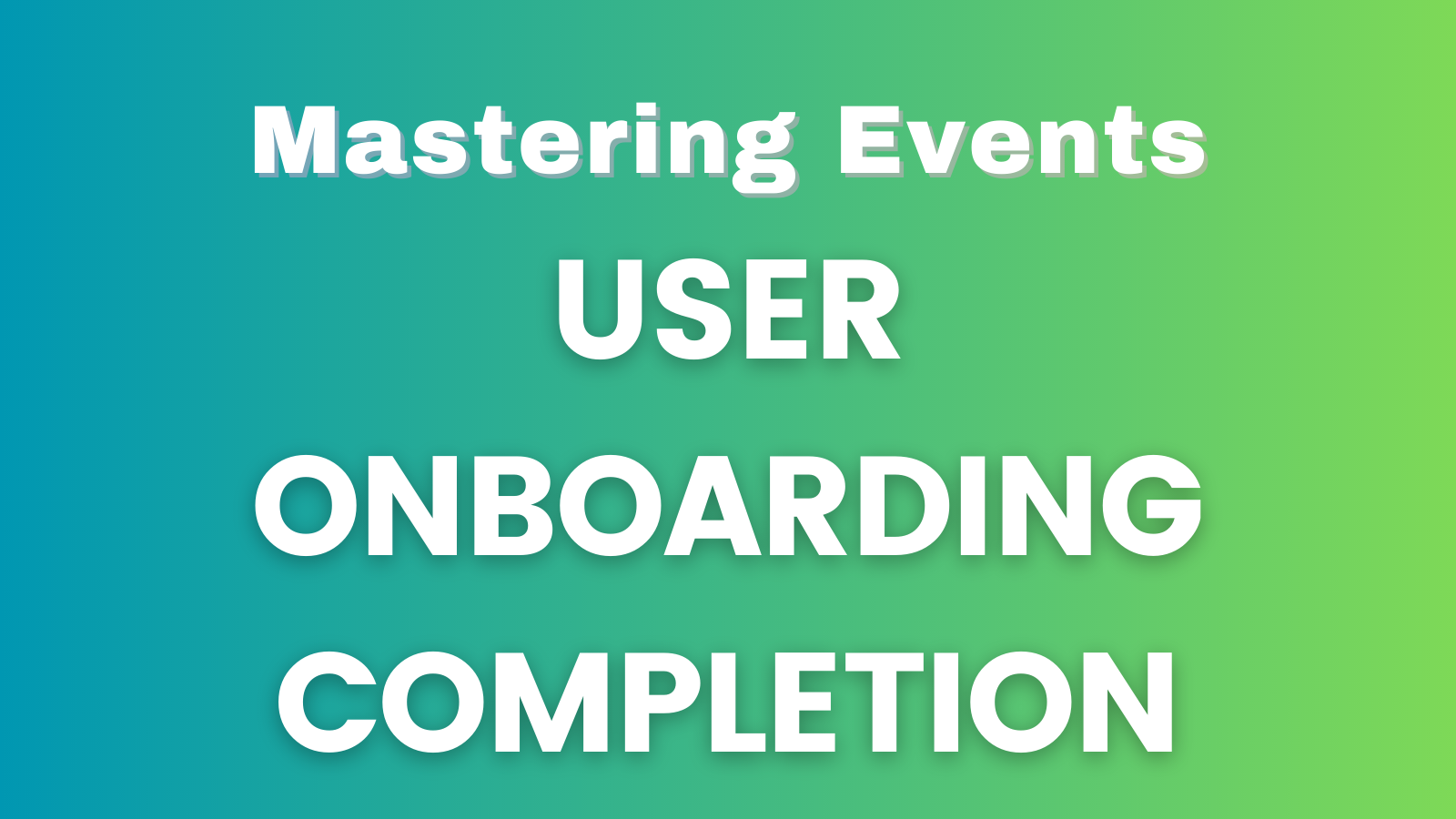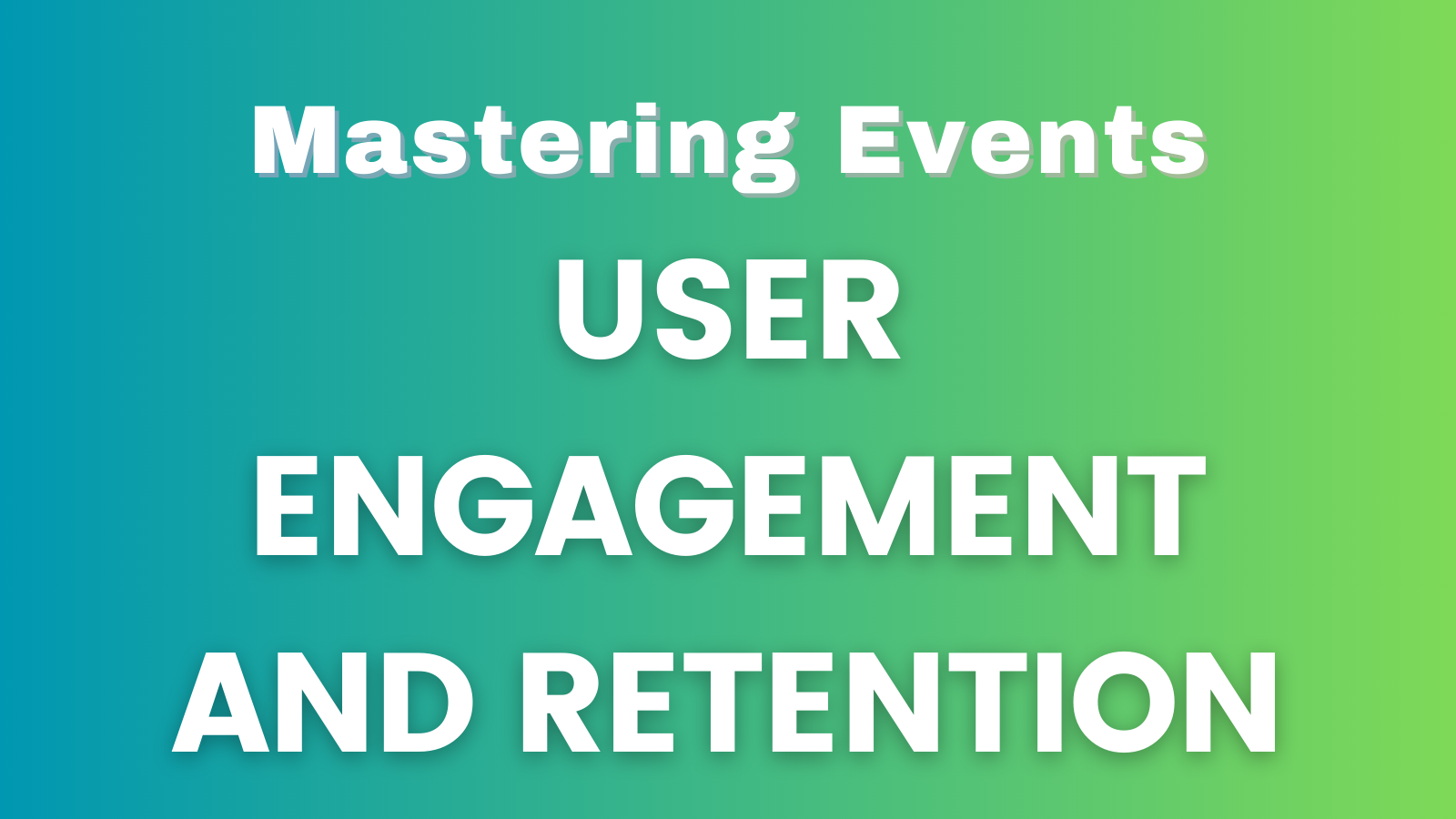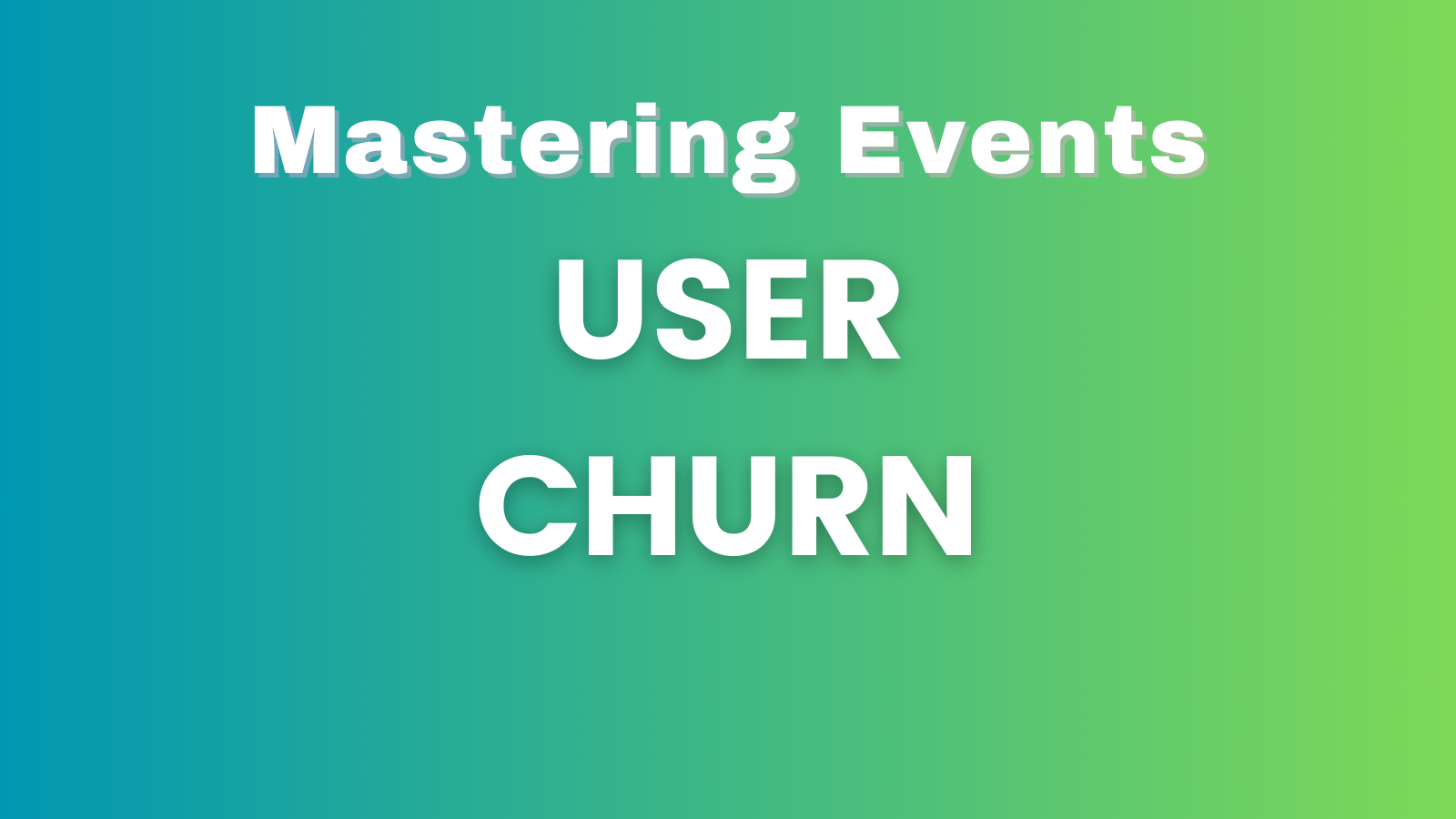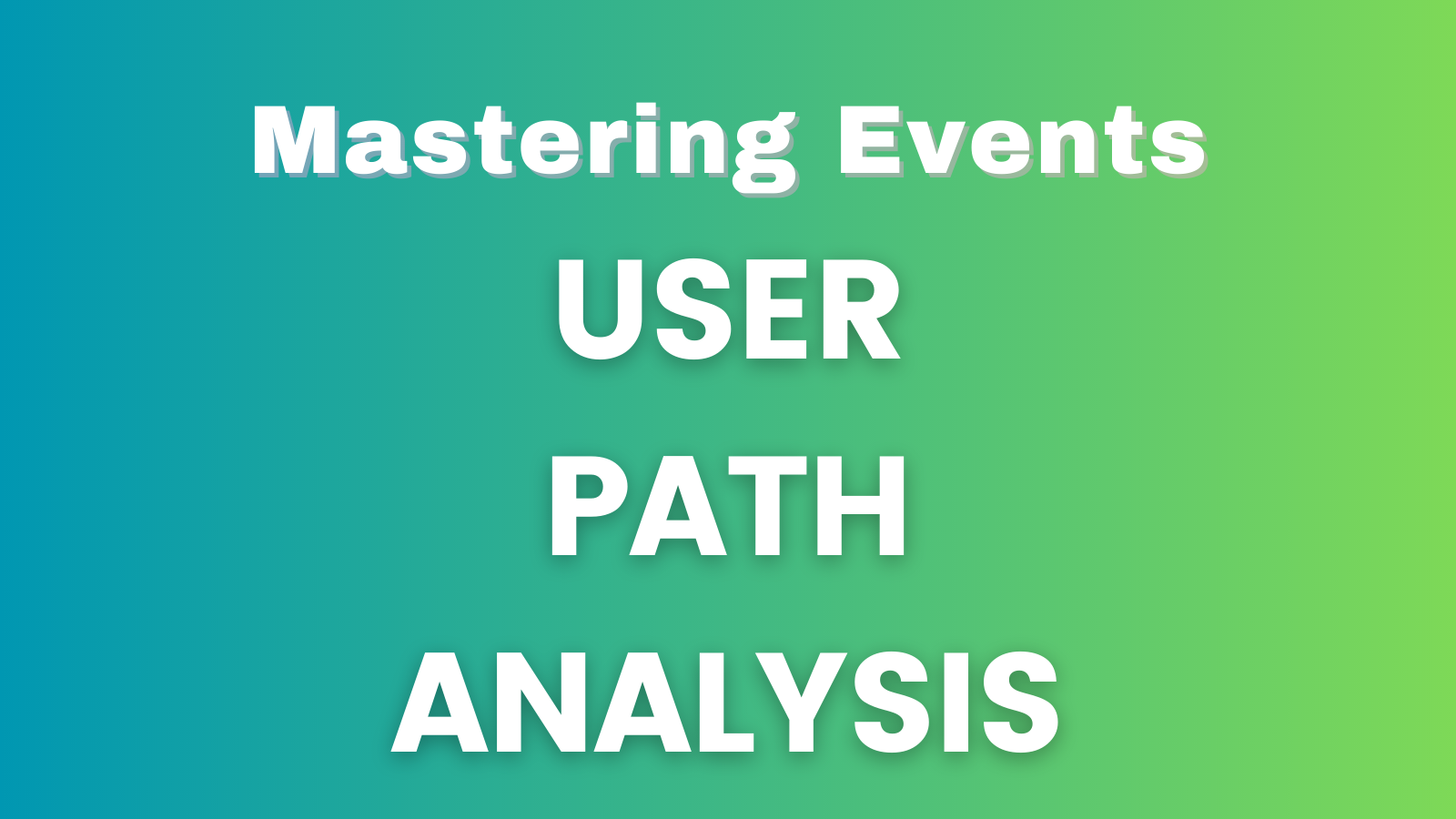Introducing new features to your product can be exciting, but their success hinges on user adoption. Feature adoption is the process of getting your users to not only discover but also actively use and engage with new functionalities. In this article, we’ll delve into key strategies to boost feature adoption rates, accompanied by real-world examples that showcase successful implementation.
Understanding User Needs: A Foundation for Adoption
Before launching a new feature, it’s essential to understand your users’ pain points and desires. Conduct user surveys, analyze user behavior, and gather feedback to pinpoint what features would add the most value. When users perceive that a new feature addresses their specific needs, they’re more likely to adopt it.
Example: Facebook’s introduction of the “On This Day” feature capitalized on users’ desire for nostalgia. By showing users their past posts from the same date in previous years, Facebook tapped into users’ emotional connections, resulting in widespread adoption and engagement.
Seamless Integration: Intuitive Onboarding and Navigation
User-friendly onboarding and intuitive navigation are crucial for feature adoption. If users struggle to understand how a new feature works or how to access it, adoption rates will suffer. Make sure the feature’s functionality is clear and that users can easily find and start using it.
Example: Slack’s integration of threaded conversations was seamless. They introduced the feature with a brief pop-up tutorial that guided users through using threads to keep conversations organized. This approach minimized confusion and encouraged users to adopt the new way of communicating.
Educate and Showcase Value: Informative Resources and Demos
Educational resources play a vital role in driving feature adoption. Provide clear documentation, tutorials, and video demos that showcase how the feature works and the value it brings. Highlight specific use cases to demonstrate how the feature can solve real problems for users.
Example: Adobe Creative Cloud uses in-app tutorials to teach users about new features. When a user opens a new version of a program, they’re presented with step-by-step guides on how to use the latest tools. This educates users while they work, encouraging them to incorporate new features into their creative process.
Personalization: Tailoring Features to Individual Users
Personalized experiences can significantly enhance feature adoption. Leverage user data to suggest relevant features to each user based on their behavior and preferences. When users see that a new feature aligns with their interests, they’re more likely to explore and adopt it.
Example: Spotify’s “Discover Weekly” playlist is a prime example of personalized feature adoption. The playlist is curated based on users’ listening habits and preferences, introducing them to new music that resonates with their tastes. This personalization encourages users to engage with the feature regularly.
Feedback Loop: Listening and Iterating
Creating a feedback loop with users can drive continuous feature adoption. Encourage users to provide feedback on new features, and use that feedback to make improvements. This involvement in the development process can make users feel valued and invested in the feature’s success.
Example: Microsoft’s Windows Insider Program allows users to test and provide feedback on upcoming Windows features. This collaborative approach not only helps Microsoft identify issues but also fosters a sense of community among users who contribute to feature refinement.
Celebrate Milestones: Recognize and Reward Adoption
Recognize and reward users for adopting new features. This can be through gamification, badges, or tangible benefits like extended access or premium features. Celebrating users’ achievements can create excitement and motivate others to explore and adopt features as well.
Example: LinkedIn encourages users to build out their profiles by awarding them with profile strength badges. Users are motivated to add more information to their profiles to achieve higher badge levels, increasing their engagement with the platform’s various features.
In conclusion, boosting feature adoption rates requires understanding user needs, providing seamless integration, educating users, personalizing experiences, maintaining a feedback loop, and celebrating milestones. By employing these strategies and learning from successful examples, you can encourage users to embrace new features enthusiastically, ensuring that your product’s value continues to grow. Remember, feature adoption isn’t just about introducing new functionalities; it’s about enhancing the overall user experience and fostering long-term engagement.
This article is part of the Mastering Events series.





